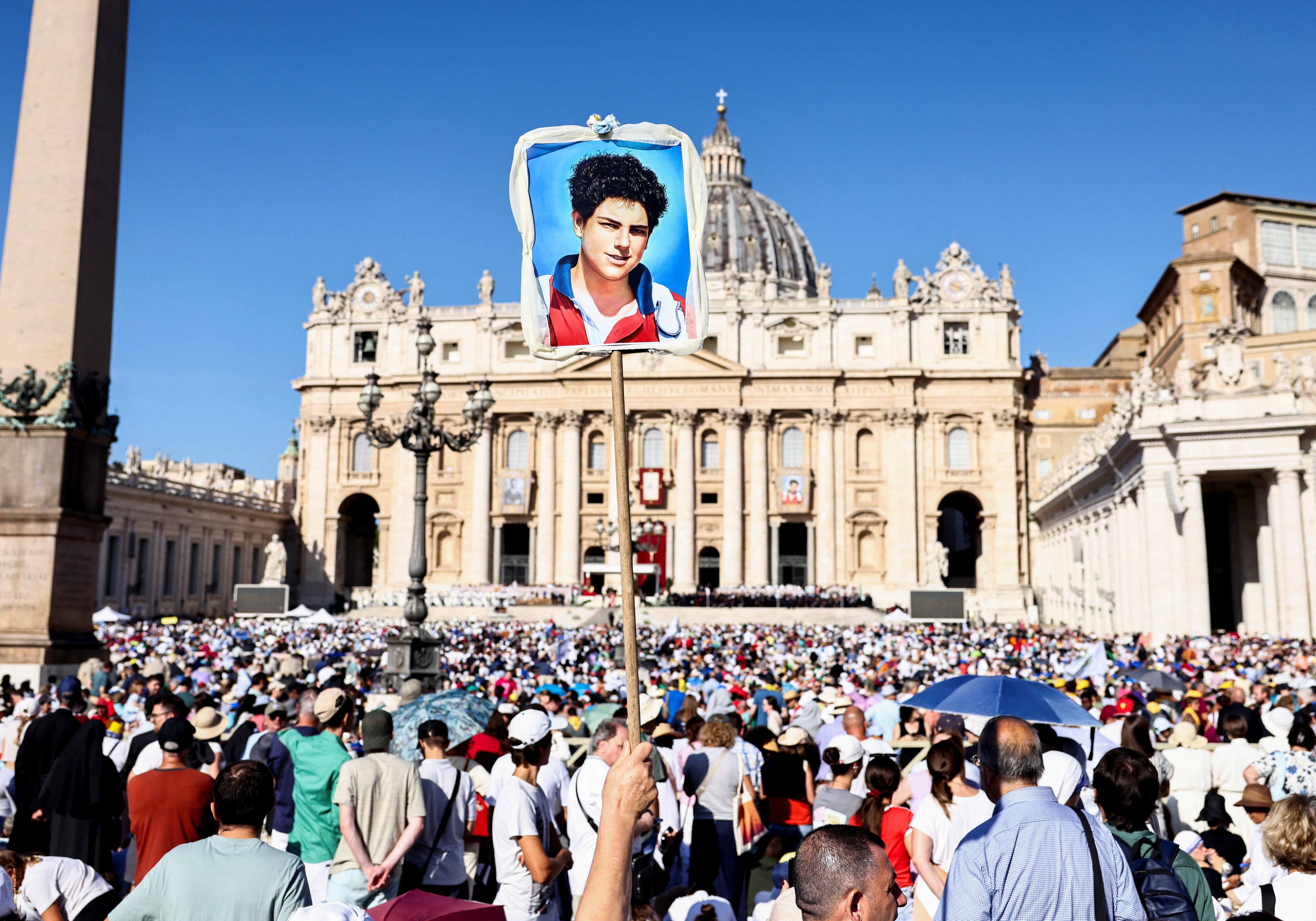April 6, 2018 at 1:53 p.m.
Entertainment Column
Thoughts on violence in media
Two favorite quotations of mine (paraphrased here) are:
* "Why do producers continue to make violent films just to afford higher walls around their houses to protect them from the violent people they inspire?"
* "The problem with pollution isn't the single smokestack in town. It's the 200 smokestacks. It's the same with the media. One movie isn't the problem. It's hundreds of them."
Teens and violence
I have been thinking of those remarks, the first by a film producer and the other by a media critic, as the public has struggled to find just the right person or institution to fault for the murders at Columbine High School in Littleton, Colorado.Some people, including President Clinton, have laid part of the blame at the feet of TV and movie producers for turning out ultra-violent products that are aimed at children and teens, some of whom are influenced negatively by what they see.
The problem is that some teens are influenced positively. Seeing what violence does can motivate a person to change their own violent or angry ways, to become a pacifist or a nurse, to join organizations battling street crime, to support gun control legislation or to work for alternatives to war.
Defense
Movie people often respond to criticism by saying that there is violence in the Bible, Greek tragedies and Shakespeare, and no one is suggesting that those works be banned. That simplistic comparison misses a key difference: Those creations place violence in context and show its awful consequences. The violence in "The Matrix" is there for the thrills, period. Such movies glamorize bullets pouring out of automatic weapons; they don't probe the human heart or soul.Other producers defend themselves with "Don't look at me. I made only one violent flick. That won't hurt anyone." Which brings us to the smokestacks. Producers who make that argument are part of an industry that relies on action movies and cop shows on TV for much of their very large incomes. Those who see the problem cannot remain quiet; they must influence their peers to lower the number of violent movies and to lessen the graphic nature of the content in films directed at young people.
Many causes
But pointing only at the media provides too facile an answer to the Littleton shootings. Certainly, violent movies, TV shows and video games have their deleterious impact, especially on already disturbed adolescents and adults. But there are dozens of other factors at work, including absentee parents, schools denuded of moral values, a secularized society that scoffs at morality, and a world that embraces violence in other forms, such as abortion, racism and random missile launches.And, as tired as I am of saying it and as tired as you are of hearing me say it, here it comes again: When a president can say he feels honored to be impeached, then society's evisceration of a sense of shame and responsibility is just about total. We should not be surprised when others in the same society have trouble forming their consciences and recognizing the difference between right and wrong.
Finally, if the media deserve part of the blame (and they do), so does the public that flocks to such films and switches on such shows and plugs in such video games. Such people should not be astonished to discover some morning that they have become morally what they consume mentally.
(Next: Some more thoughts about television and violence.)
(06-10-99) [[In-content Ad]]
- Retired Bishop Gaydos of Jefferson City dies at 82; he served ‘with a shepherd’s care’
- Armed guards, security drills: Catholic schools enhance security after Minneapolis
- Polish prelate calls for peace after ‘reckless’ Russian drone attack violates country’s airspace
- Will Trump’s ‘Big, Beautiful Bill’ impact charitable giving? Experts weigh in
- Poll: France highly values Catholic schools, even as political turmoil swirls around them
- Catholic networks: Push for profits, power threaten peace, climate justice
- Pope erects new diocese in China, names new bishop
- Group says pope has authorized a traditional Latin Mass in St. Peter’s
- Crying out to God can be sign of hope, not crisis of faith, pope says
- Full text: Pope Leo XIV’s Sept. 10, 2025 general audience







Comments:
You must login to comment.